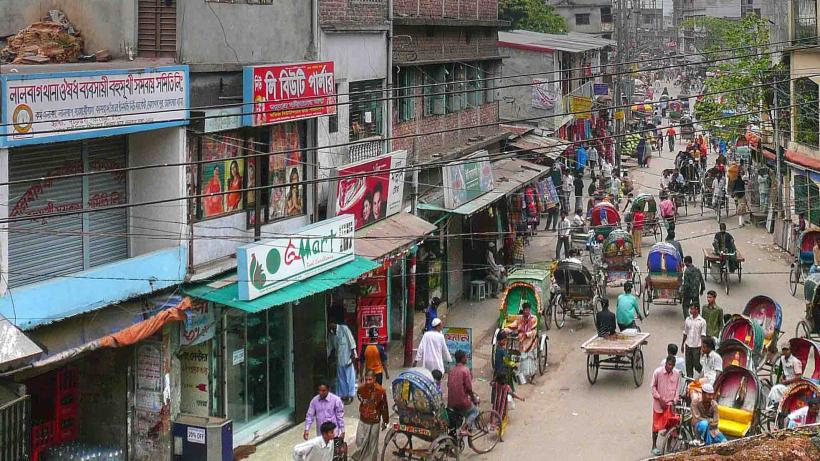
Growth and distribution: The Bangladesh experience
-
Growth-and-Distribution-The-Bangladesh-Experience.pdf
PDF document • 256.35 KB
Since the turn of the 1990s Bangladesh’s GDP growth has embarked on a rising trajectory, taking the Bangladesh economy to a substantially higher growth path. Growth of GDP accelerated from about 3.7 percent in the first two decades to 4.8 percent in the 1990s and further to 5.8 percent in the 2000s. The growth spurt, in combination with continued slowdown in population growth, has resulted in a fairly rapid increase in per capita income.
However, the degree of income inequality, as measured by the Gini coefficient, has increased from an average of 0.38 in the 1980s to 0.44 in the 1990s and further to 0.46 in the 2000s (Table 1). Thus while the average living standard is rising faster than ever, the gap between the rich and the poor is also widening faster than before.
Rural income inequality has increased consistently from 1991/92 to 2010 (Table I), and yet rural consumption inequality has remained virtually constant since 1995/96 (Table II). The widening of income inequality has not posed an obstacle to poverty reduction in rural Bangladesh so far as microfinance and to some extent, remittances, has served to decouple consumption distribution from income.
Regarding the income distribution in urban Bangladesh, there are severe concerns regarding the official statistics and the methodologies used to measure income disparities. A common problem with all household surveys is that they fail to adequately capture households at the two extreme tails of the income distribution (Khan 2009). Also, different methodologies (Palma 2011) showed how the wealthiest quintile of the income distribution has outgrown the poorest quintile, and contrary to the trend revealed by the Gini coefficient, displaying a tendency of income inequality to rise over time.


